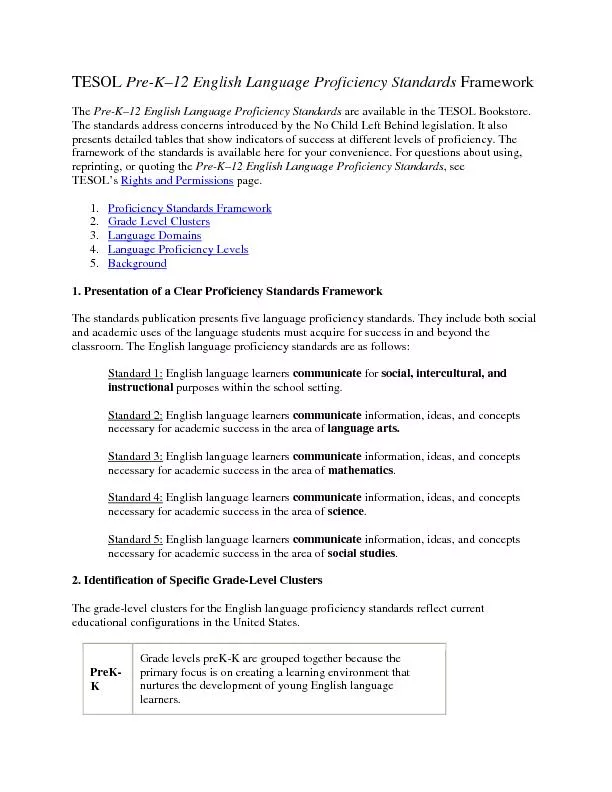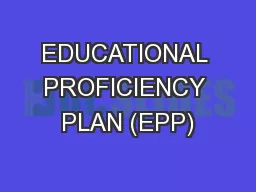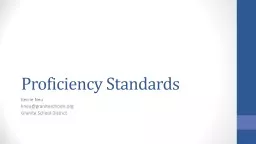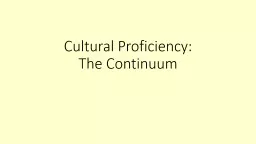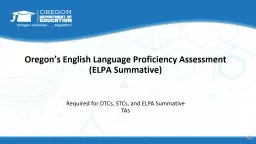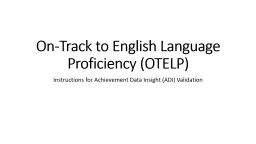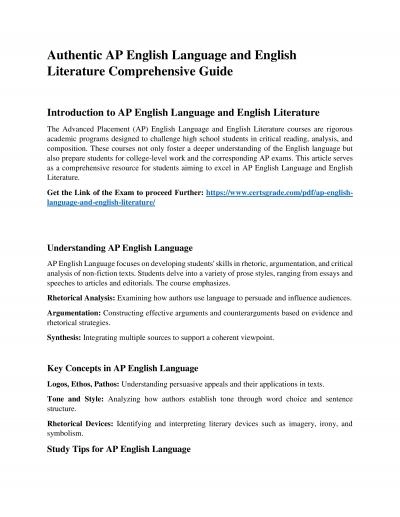PDF-TESOL Pre12 English Language Proficiency StandardsFrameworkPre12 Engli
Author : alexa-scheidler | Published Date : 2016-07-14
Rights and Permissions page Proficiency Standards Framework 2 Grade Level Clusters 3 4 Language Proficiency Levels 5 Background Presentation of a Clear Proficiency
Presentation Embed Code
Download Presentation
Download Presentation The PPT/PDF document "TESOL Pre12 English Language Proficiency..." is the property of its rightful owner. Permission is granted to download and print the materials on this website for personal, non-commercial use only, and to display it on your personal computer provided you do not modify the materials and that you retain all copyright notices contained in the materials. By downloading content from our website, you accept the terms of this agreement.
TESOL Pre12 English Language Proficiency StandardsFrameworkPre12 Engli: Transcript
Download Rules Of Document
"TESOL Pre12 English Language Proficiency StandardsFrameworkPre12 Engli"The content belongs to its owner. You may download and print it for personal use, without modification, and keep all copyright notices. By downloading, you agree to these terms.
Related Documents

